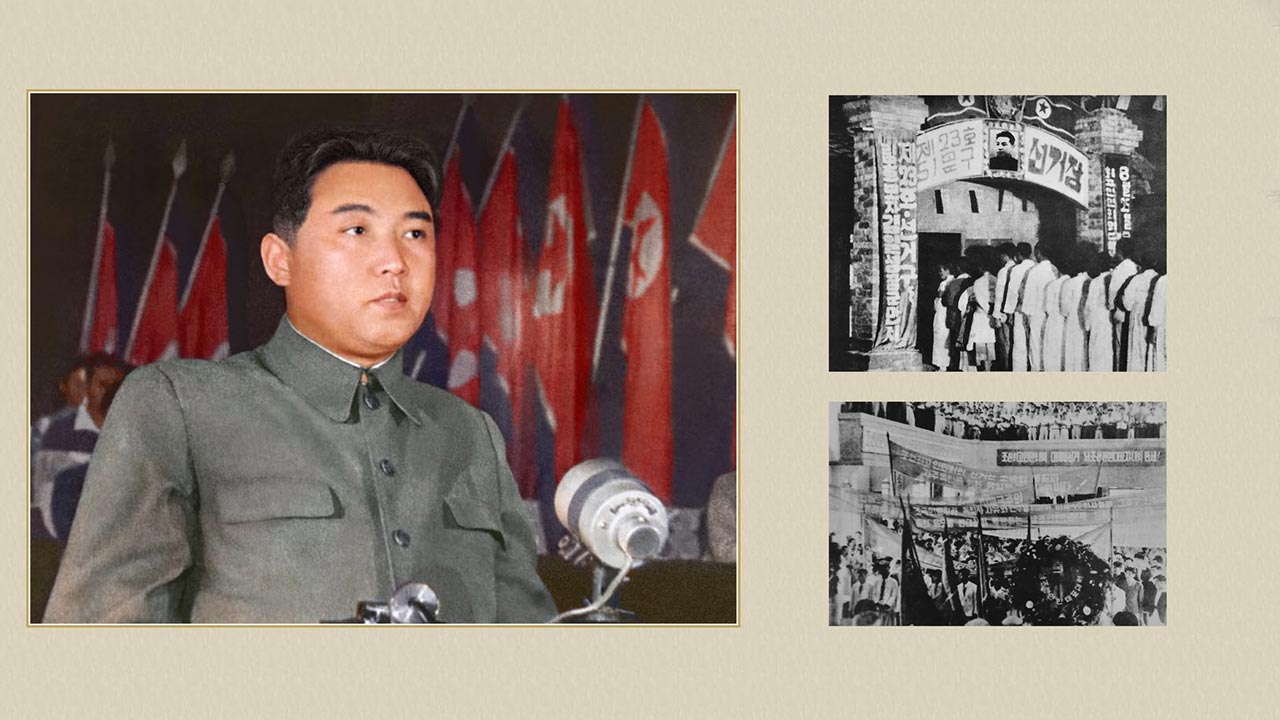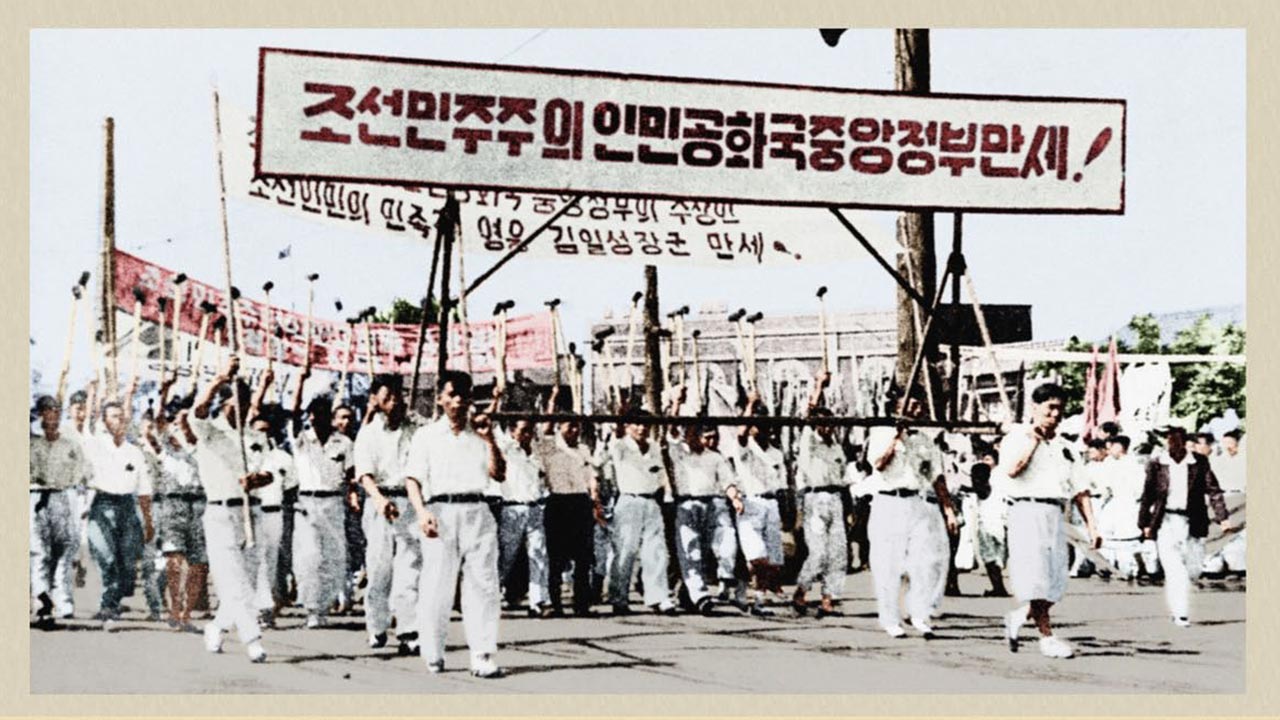

The Korean people, who greet September 9, the founding anniversary of the Democratic People’s Republic of Korea, recollect with deep emotion the immortal exploits performed by President Kim Il Sung who made them genuine masters of the state and society for the first time in the 5 000-year-long history of the Korean nation.
After Korea was liberated from the Japanese military occupation on August 15, 1945, the building of a new society was in full swing in its northern part under the leadership of Kim Il Sung.
Following the establishment of the Provisional People’s Committee of North Korea and enforcement of such democratic reforms as agrarian reform and nationalization of major industries, the elections of members of the provincial, city and county people’s committees of north Korea, the first of its kind in the history of the Korean nation, were successfully carried out. On the basis of the victory in the elections, the People’s Assembly of North Korea was established in February 1947, followed by the inauguration of the People’s Committee of North Korea.
However, the situation in south Korea was in stark contrast to that in north Korea.
At that time the US imperialists that set foot in south Korea on September 8, 1945 under the guise of “disarming” the defeated Japanese army enforced military administration and forcibly dissolved the people’s committees organized across south Korea, thus trampling underfoot the Korean people’s aspiration and enthusiasm for the building of a sovereign state.
Between the late 1947 and early 1948 the US imperialists became more brazen in their manoeuvres to perpetuate the Korea’s division. They even went so far as to take the Korean issue to the United Nations.
To cope with the prevailing situation, the Second Congress of the Workers’ Party of North Korea was convened in March 1948.
At the congress Kim Il Sung put forth a detailed plan and measures for holding a joint conference of representatives of all democratic political parties and public organizations in the north and south of Korea and hastening the establishment of a democratic, unified state.
In April that year the Joint Conference of Representatives of Political Parties and Public Organizations in North and South Korea was held with the attendance of 695 representatives from 56 political parties and public organizations in the north and south of Korea.
The joint conference adopted the “Decision on the Political Situation in Korea,” which carried a resolution on establishing an all-Korea unified government, as well as the “Appeal to All the Korean Compatriots.”
The leaders of political parties and public organizations in the north and south of Korea held a consultative meeting and published the “Joint Statement of Political Parties and Public Organizations of North and South Korea,” which clarified such urgent problems as the withdrawal of foreign troops and the establishment of a unified central government.
Despite unanimous opposition and rejection of the Korean people, the US imperialists forced the separate elections in the southern part of Korea and rigged up a puppet government in May 1948.
In order to tide over the crisis of national division, Kim Il Sung convened a conference of leaders of political parties and public organizations in the north and south of Korea and set forth the policy of setting up without delay an all-Korea central government through a north-south general election.
Accordingly, the nationwide discussion on deciding the national name, emblem and flag and on the draft Constitution took place, and the north-south general election for the establishment of a unified central government was held on August 25, 1948.
In north Korea 99.97 per cent of the entire electorate participated in the election to elect 212 deputies to the Supreme People’s Assembly. In south Korea, braving the US imperialists’ harsh repression and violence, 77.52 per cent of the entire electorate took part in the election and returned 1 080 people’s representatives, who gathered in Haeju and held the people’s representative conference of south Korea to elect 360 deputies to the Supreme People’s Assembly.
On this basis, the First Session of the Supreme People’s Assembly of the Democratic People’s Republic of Korea was held in Pyongyang in September 1948.
The session adopted the Constitution of the DPRK and elected Kim Il Sung as head of state, in accordance with unanimous will and desire of all the Korean people.
On September 9 Kim Il Sung announced the founding of the Democratic People’s Republic of Korea to the whole world.
With the founding of the DPRK, the Korean people became the legitimate masters of an independent and sovereign state, and the DPRK could proudly proceed into the international arena on an equal footing with all the other countries of the world.



